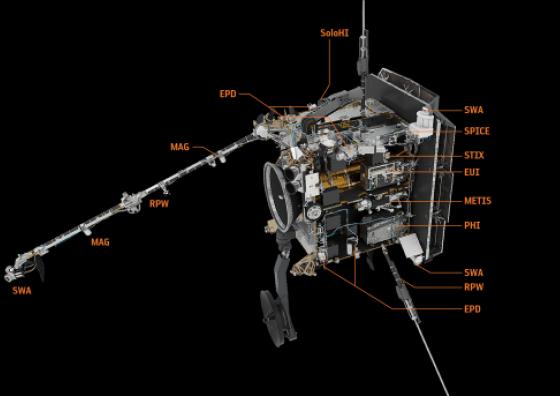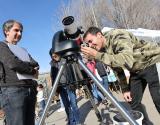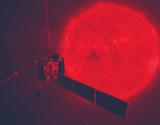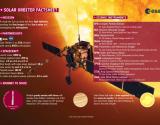Canaveral Cape is the launch site for the Solar Orbiter probe, which will be launched on the night from the 9th to the 10th of February. This mission is led by the European Space Agency (ESA), and counts on a strong participation from the NASA, to work on the central question of how the Sun creates and controls the heliosphere.
The Solar Orbiter will study the Sun in detail thanks to the combination of scientific instruments it has and the orbit it will draw around. The probe will get closer to the Sun –up to a distance of 42 million kilometres, meaning that the parts of the Solar Orbital that look towards the Sun will have to be exposed to temperatures over 500ºC, while the parts remaining in the shadow will be around -180ºC. During this mission, the orbit will increase its inclination towards the ecliptic up to 30ºC, which will enable researchers getting high resolution images of the solar poles.
A team from the Institute of Cosmos Sciences of the University of Barcelona (ICCUB-IEEC) has worked on one of the ten facilities of the Solar Orbiter. This instrument is called SO/PHI (Polarimetric and Helioseismic Imager), which will provide high precision measures of the magnetic field of the solar photosphere.
You can read the whole article at the Sala de Premsa de la Universitat de Barcelona



